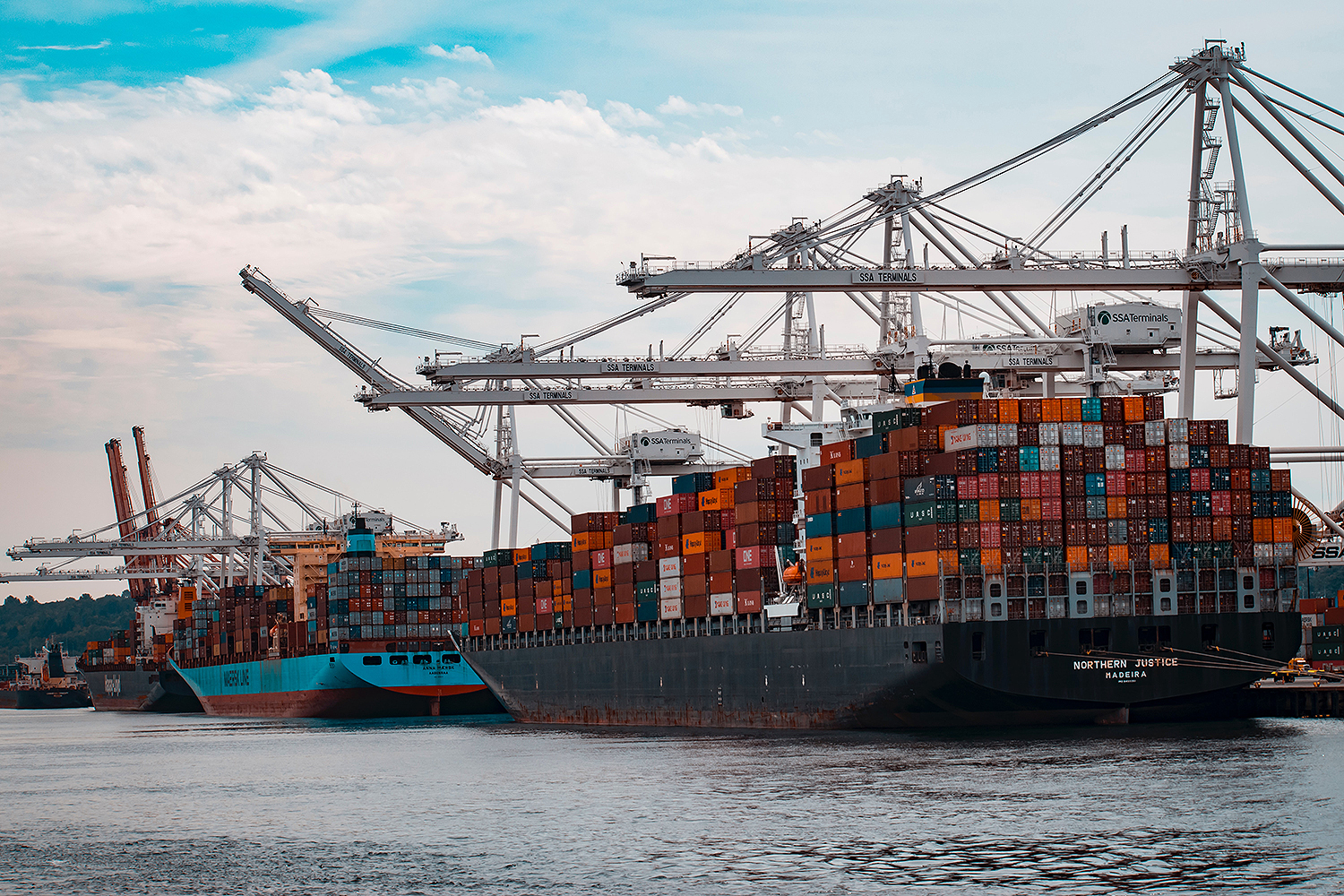| In these times of personal protective equipment shortages, with prices rising and orders backed up for months, it can be helpful to examine the worldwide disposable glove supply chain that carries products from Southeast Asia factories to end-users. There are myriad factors that, either collectively or individually, can cause a breakdown in supply.
It all starts with raw materials. If you are making latex gloves, you need natural rubber. For nitrile, the basic ingredients are two monomers, acrylonitrile and butadiene. For PVC, it’s polyvinyl chloride monomers.
Thailand, Indonesia, and Vietnam are the top producers of natural latex rubber. Manufacturers in Malaysia, Thailand, and Indonesia have the largest market share for nitrile butadiene rubber, while China is the biggest producer of PVC gloves. Breakdowns along the chainIn 2020, the coronavirus-generated spike in demand, paired with restrictions on labor, has strained production capacity for raw materials, which in turn limits what factories can produce. Malaysia and Thailand together manufacture more than 80% of the latex and nitrile gloves in the world. Those factories are working at or near capacity, yet they still cannot meet demand. The need for nitrile butadiene rubber continues to surge, especially in the healthcare sector. Some of the world’s largest glove producers have seen monthly sales orders spike by 180%. The fear factor of coming up short has driven many clients to book at full capacity, which caused production lead time to increase from 40 days to in some cases about 400—meaning it could be more than a year before some orders placed now are delivered. World consumption is estimated to jump more than 11% to 330 billion gloves this year. Problems getting to marketOther factors affecting the supply chain include export restrictions in some producing countries that have slowed transportation. Especially early on, shipping containers were stuck in various ports due to quarantines. Movement control orders forced some suppliers to temporarily shut down. Limited workforces also caused shortages of paper and packaging, as well as capacity reductions of up to 50% at some factories. If the process breaks down at any one of these steps, delays are inevitable. With current demand being so high that manufacturers simply cannot make gloves fast enough, the entire process is suffering. Now that economies around the world are reopening—and in some cases, especially in the U.S., seeing an almost immediate spike in COVID-19 cases—demand for gloves is not going to diminish. Patience, fortitude, and excellent planning will be crucial to navigating these challenging months ahead. Not an AMMEX partner yet? Learn more.
|





